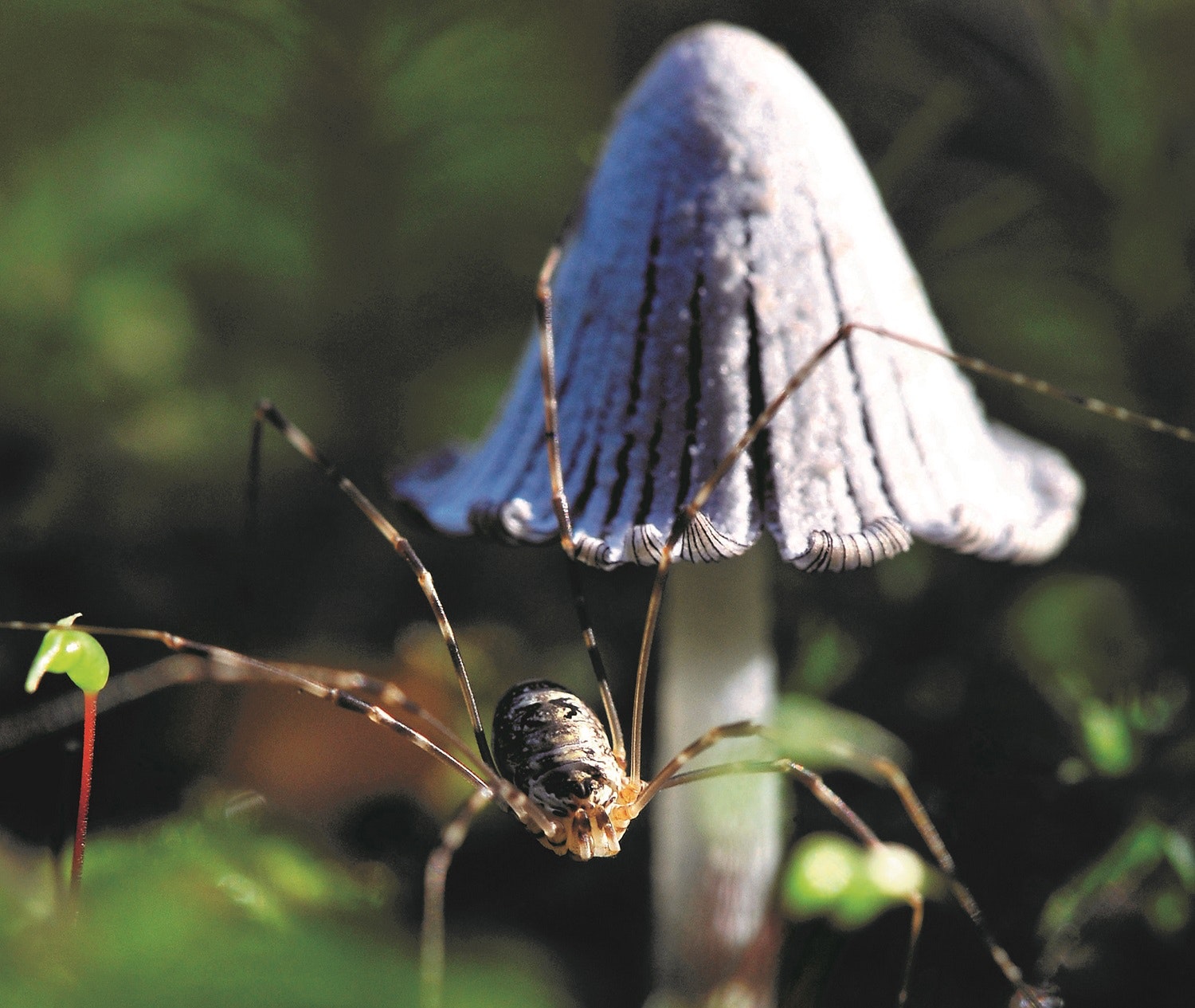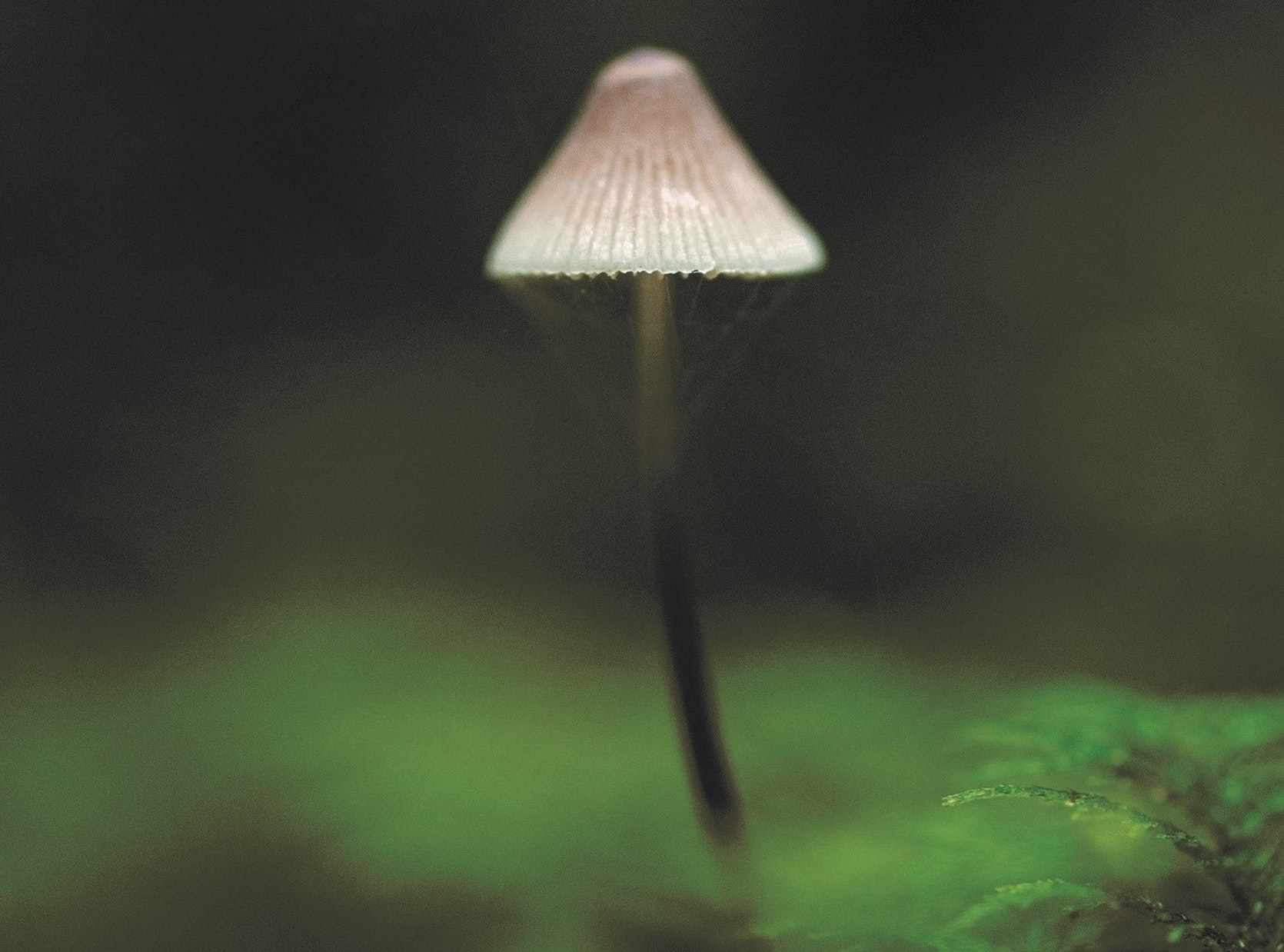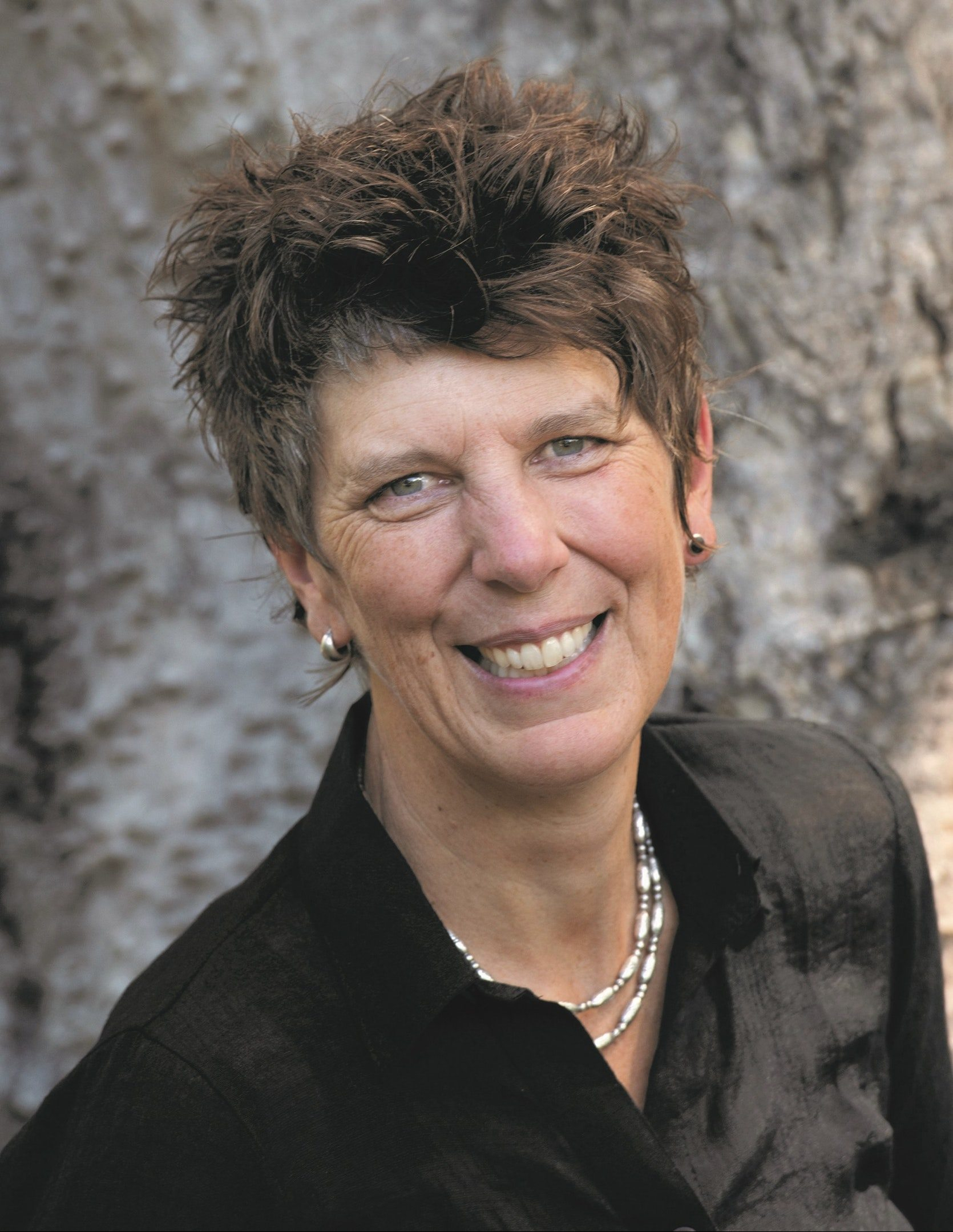This article is printed in Cosmos #83
Alison Pouliot has spent two decades following the fungi.
Each year she moves between Australia and her adopted home near Bern, in Switzerland, studying, photographing and marvelling at the fungal hyphae – or mycelium – cycle that governs nutrient and energy flows through ecosystems. And it’s not just mushies.
Originally a freshwater scientist, Pouliot has long been fascinated by the inter-tidal and productive riparian and semi-riparian ecosystems and their soils, “because that’s where the dynamism and the energy is, the reproduction, and that’s where your greatest diversity is.“The spore bodies, the mushrooms, are fascinating, and that’s what gets us hooked,” she says, “but it’s that architecture – the literal and allegorical framework that fungi provide – that is really interesting.”
“And to me, fungi are also in that interface.”
These days she spends the southern hemisphere Autumn in eastern Australia, largely around her beloved Wombat Forest in central Victoria, then moves to Europe, where thick leaf litter layer and the prevalence of both summer and winter fungi make for a long season.
Fungi and their mycelium demonstrate interdependence and flow, Pouliot believes, and that all life is symbiotic. And she cannot understand why this “third f” has been largely ignored in Australia, where conservation planning focuses largely on flora and fauna.
But things may be changing. Interest in fungi is growing exponentially Down Under, for a number of reasons: greater interest in fungal ecology from Landcare groups, the rise of the forager movement in permaculture, the foodie culture’s demand for wild-picked mushrooms, the prevalence of citizen science and smartphone apps, and burgeoning interest in fungal photography and art.
When Pouliot ran her first fungi workshop was in Creswick, central Victoria, 15 years ago, it’s fair to say Australia was ambivalent, or even hostile towards, fungi. In fact, most English-speaking countries share a deep-seated unease about them as being poisonous, dank, dirty, and agents of disease, she says.
A distaste or disregard for fungi was labelled mycophobia, or fear of fungi, by R. Gordon Wasson and Valentina Wasson in their ground-breaking work Mushrooms, Russia and History, in 1957.
Conversely, countries in non-English speaking Europe are more mycophilic, with a long grounding in mycological science, and centuries of folk tradition.
The interplay between the two views, and the growing regard for fungi in Australia, prompted Pouliot to undertake a PhD at the Fenner School of Environment and Society ANU, Canberra, where she is still a Fellow. The study A thousand days in the forest: An ethnography of the culture of fungi, provided the groundwork for Pouliot’s recently published book.

Mycena capillaripes in all its fungal glory. With harvestman (Opiliones) ALISON POULIOT
No dry academic tome, The Allure of Fungi is a thoughtful meditation on nature, and fungal – human relations.
It is not a manual on fungi conservation, or a dot point list of how to fix the earth’s radically degraded environment. The prologue describes the book as “a return to the dirt, to the senses, and to fungus-human interactions, as a way we can confront these challenges in the hope that we might remember we are part of the one ecology”.
The Allure of Fungi details a series of serendipitous encounters in the forest, in Australia and Europe, with a broad range of people that Pouliot dubs “fungal folk”. Importantly, in a further commitment to the ‘sensorial’, Pouliot wrote the book by hand, in pen or pencil, in the forests where fungi grow.
The tales are told with a great sense of narrative and touches of dry humour. The use of story to examine fungal-human relations is deliberate. “Few people want pure information,” Pouliot says. “They want context, they want to hear of the relationship to their own lives.”
A consummate writer and environmental philosopher, much in the vein of Rachel Carson (author of Silent Spring), Pouliot is also very much a professional photographer.
Alison’s journey to fungal photography started almost as an aside to her work as an environmental scientist, where she used photography to record change in freshwater ecosystems for various government agencies.
But about ten years ago, the scientific recording of nature morphed into the pursuit of something more visceral.
“For years I used to think that photography had most in common with painting; with rules of thirds, diagonals and so forth. It was only a decade or so that I realised that it’s not painting at all – its poetry!” she explains.
“Poetry is such a distillation. That honing, that crafting into just a few words. In an image or a photo essay, to actually hone it back – it is hard. But this process brings across something really powerful. And once I realised that, for me, photography is a lot more like poetry, everything made a lot more sense.”

An inky cap (Coprunis genus).
ALISON POULIOT
Each chapter is accompanied by a gallery of photographs, without captions. As a science publisher CSIRO publishing traditionally puts captions with photographs, as the books are often identification guides. CSIRO was very agreeable to Pouliot’s vision and the book has benefitted enormously from following her lead.
Alison wanted people to see the photos and appreciate them in what she calls the affective dimension. “To respond, how you feel in that split second before your brain cognitively goes ‘ah that’s the Wombat Forest’ or ‘that is species x’”, Pouliot says.
“As a scientist I am trying to make sense of the world, and as a photographer I am trying to retain some of its mystery”.
Photographing the fungal kingdom comes with challenges. There are photographic challenges; while the subject does remain still, the light is often low, filtered in forest environments, and capturing colours difficult. More practical problems include “environmental challenges such as leeches that like to crawl into your mouth when you have your face on the ground.”
With modern cameras, one can use a flip monitor, but Alison prefers to be on the ground at the subject level. “Looking through the viewfinder is very important, framing the subject in context. Seeing it from their level.”

Alison, by CSIRO.
0 Comments